Founded in 2018, the Qualia Research Institute (QRI) is a 501(c)(3) non-profit dedicated to developing a mathematical formalization for subjective experience and its emotional valence. Guided by the Importance-Tractability-Neglectedness (ITN) framework, our rigorous research aims to map the state-space of consciousness. We collaborate with a network of academics, independent researchers, and thought leaders, all committed to suffering-focused ethics and creating technologies that enhance the well-being of sentient beings.
 Frontiers in Psychology
Frontiers in Psychology
16 November 2023
 Frontiers in Human Neuroscience
Frontiers in Human Neuroscience
03 August 2023
 Qualia Research Institute
Qualia Research Institute
Mar 28 2024
Our think tank model uniquely allows for developing language that accurately describes exotic experiences. Standard recollection of textures, dynamics, and phenomena decays rapidly over time. Our method sustains detailed memory, keeping the "flame of knowledge" alive.
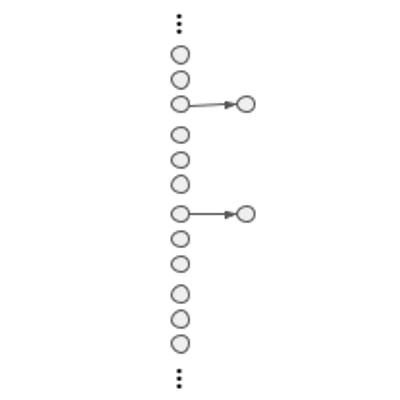
Academia: Questionnaires, neuroimaging, psychophysics, word analysis...

Psychonaut/Meditator: goes deep on his or her own. E.g., John Lilly, Terence McKenna, Christopher Bache, etc.
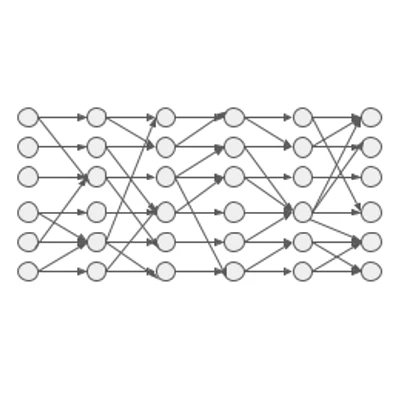
Qualia Research Institute: a critical mass of smart, introspective individuals driven to faithfully characterize the phenomenology and the observed dynamics of exotic states.
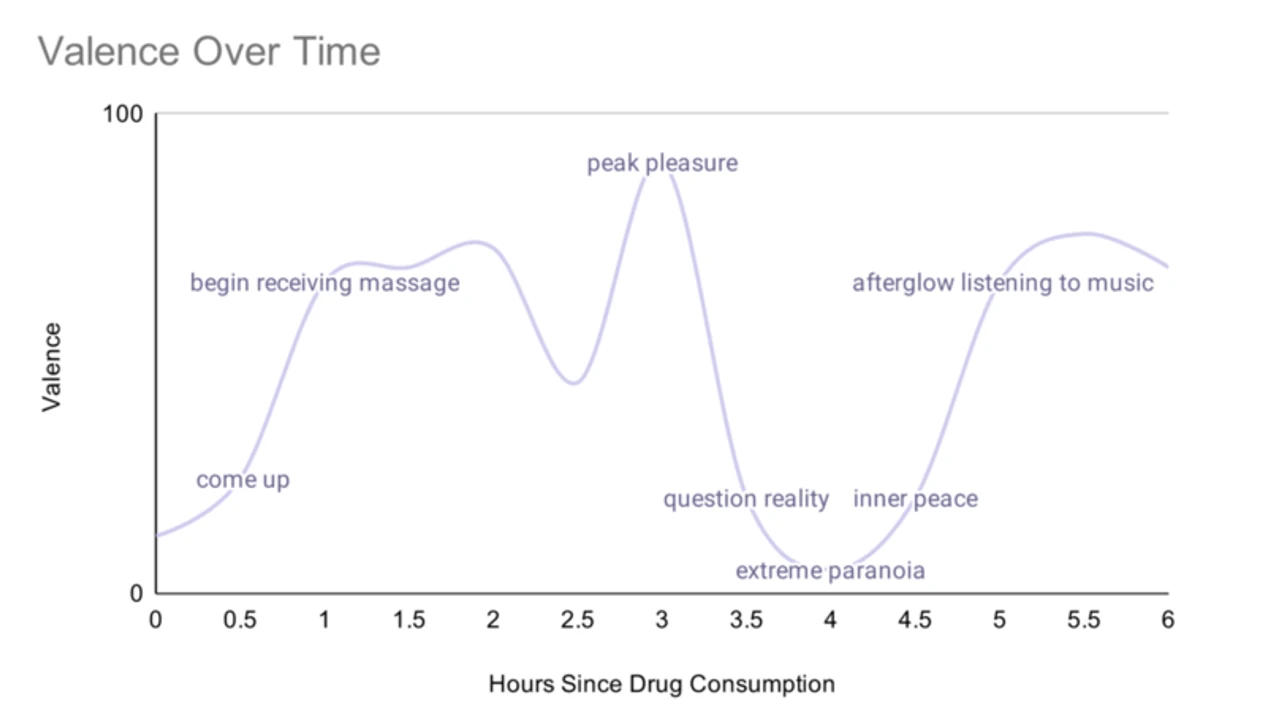
We believe phenomenological reporting that focuses on the texture and structure of subjective experiences, rather than just the narrative content, is critical for advancing the scientific understanding of exotic states of consciousness.
Learn how to report on experiences Read reports focusing on phenomenal character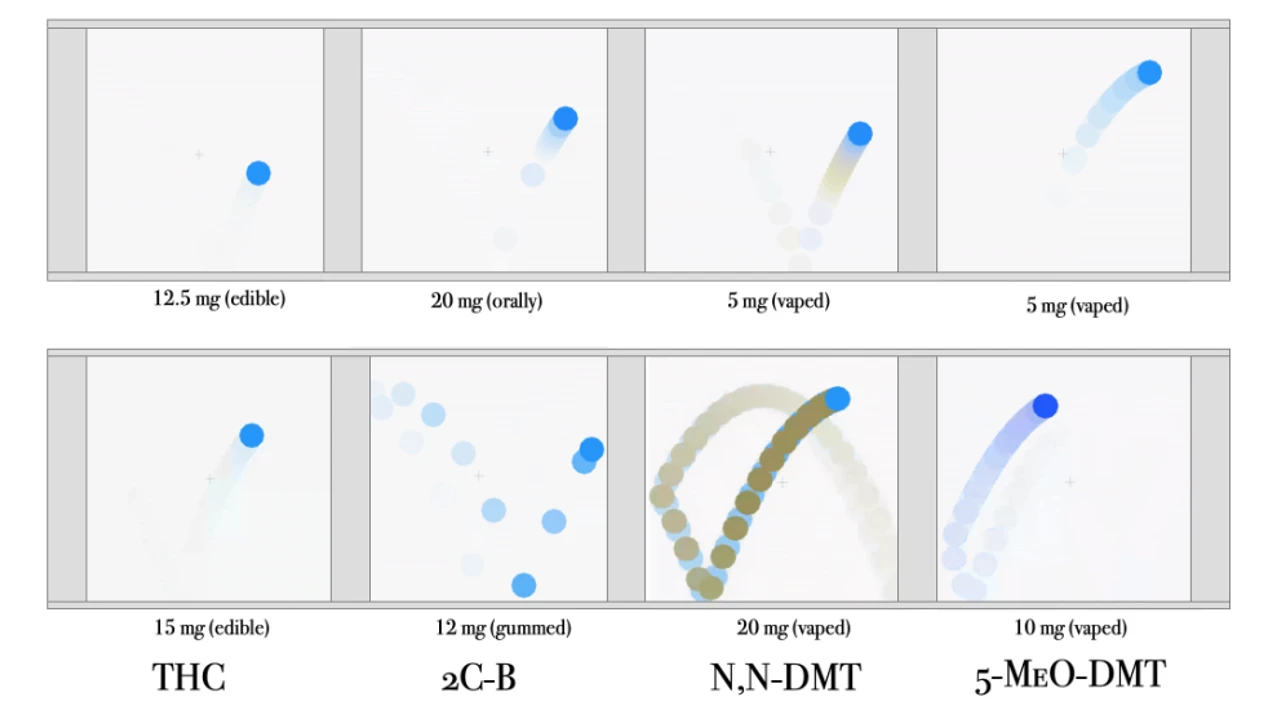
We developed the Tracer Replication Tool to quantify the intricate visual textures induced by exotic states, paving the way for a more rigorous phenomenology of consciousness. This tool allows us to precisely characterize different states, substances, and practices and relate these textures to higher-level effects on cognition, emotion, and world-building.
Learn the science behind the tool Try the toolWe created this series for meditators to gain deeper self-knowledge and enhance their practice. Whether they are a novice or seasoned practitioner, we believe these meditations can provide profound new phenomenological insights into their consciousness research toolkits.
Qualia Mastery Part 1 Qualia Mastery Part 2
Your donations help us continue our research into consciousness and well-being. Any amount can make a significant difference.
Donate Now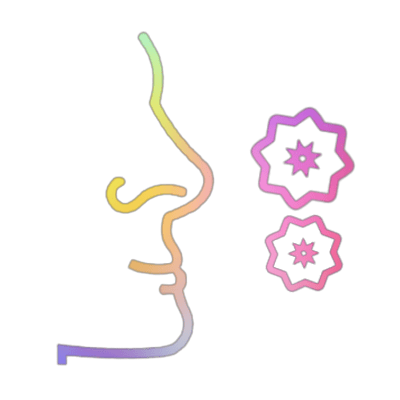
Discover our selection of scents inspired by our research. Each scent is a unique exploration of the state-space of consciousness.
View Scents